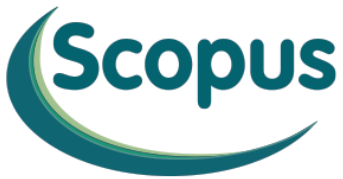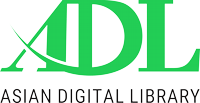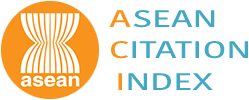The Effects of Modeling, Prompting, and Reinforcement in Deictic Gesture Instruction of a Student with Autism
Abstract
The purpose of this study was to explore the effects of gesture instruction on the communication abilities of a student with autism. The multiple probe across settings of the single-case approach was conducted. The independent variable was gesture instruction, and the dependent variable was communication behaviour including the frequency of motoric gesture communication and deictic gesture communication. The participant accepted the experimental treatment of baseline, processing and maintenance phase one by one. Visual inspection was employed to assess the treatment effects of gesture instruction on this student. Results of this study showed that gesture instruction enhanced the frequency of the student’s deictic gesture communication behaviour. The treatment effects could be maintained for two weeks and be generalized to another situation. Additionally, gesture instruction decreased the frequency of the student’s motoric gesture communication behaviour and the treatment effects could be maintained for two weeks. After intervention, both teachers and parents interviewed indicated positive attitudes toward the gesture instruction, and confirmed the improvement on communication performance of this student.
Additional Files
Published
30-01-2006
How to Cite
Tang, J. C., & Shih, W. J. (2006). The Effects of Modeling, Prompting, and Reinforcement in Deictic Gesture Instruction of a Student with Autism. Malaysian Journal of Learning and Instruction, 3, 53–64. Retrieved from https://e-journal.uum.edu.my/index.php/mjli/article/view/7583
Issue
Section
Articles
























